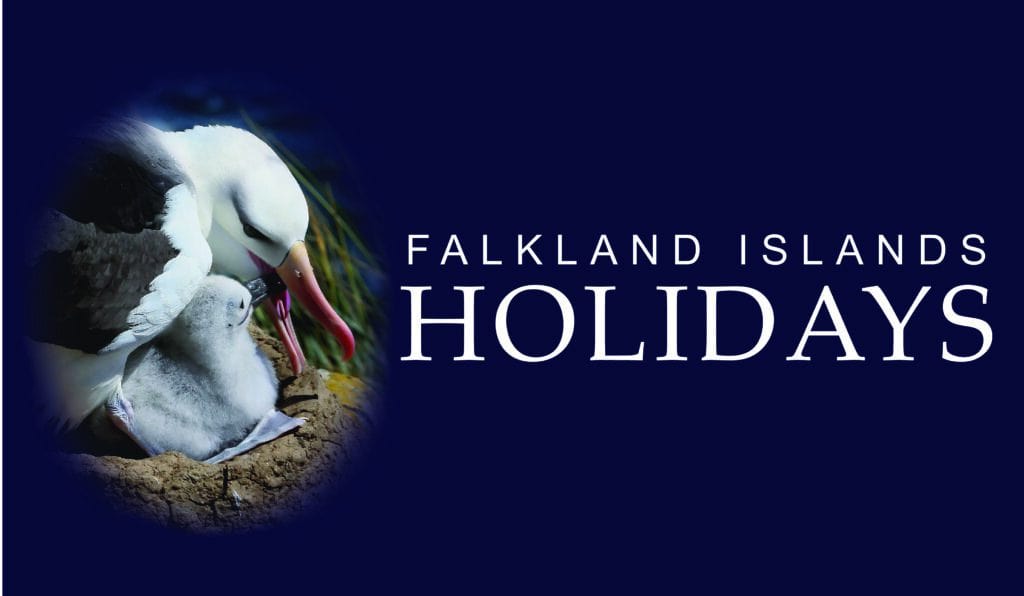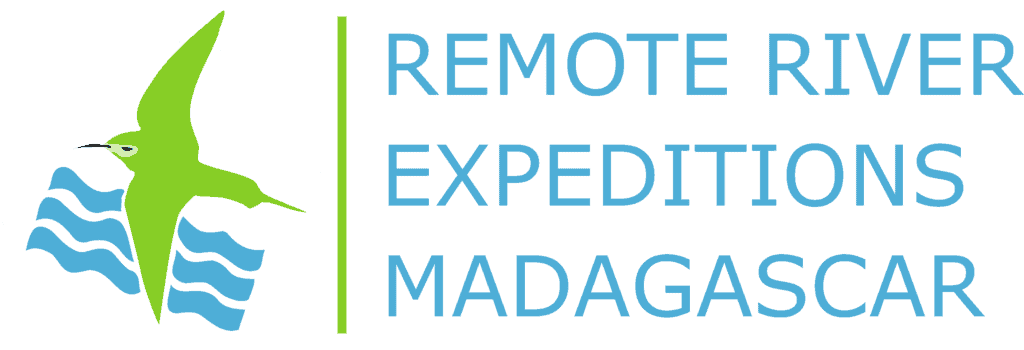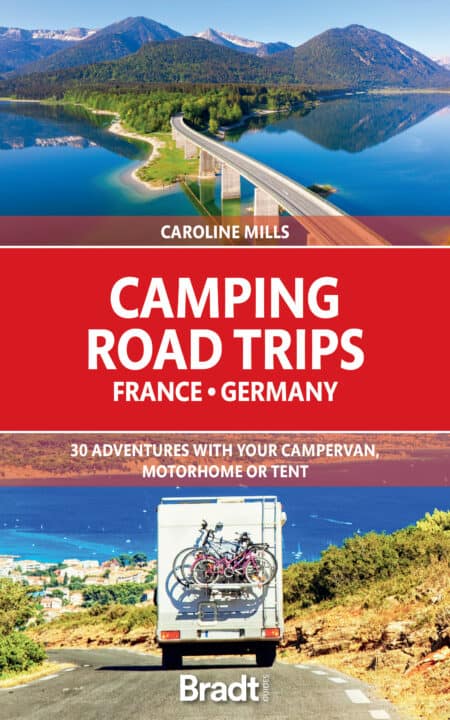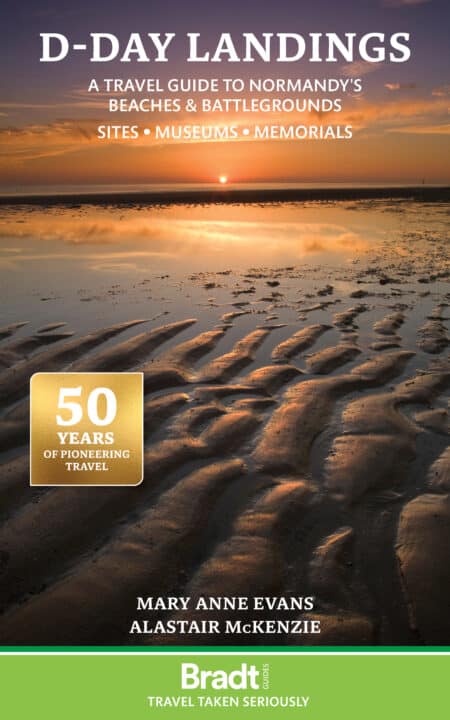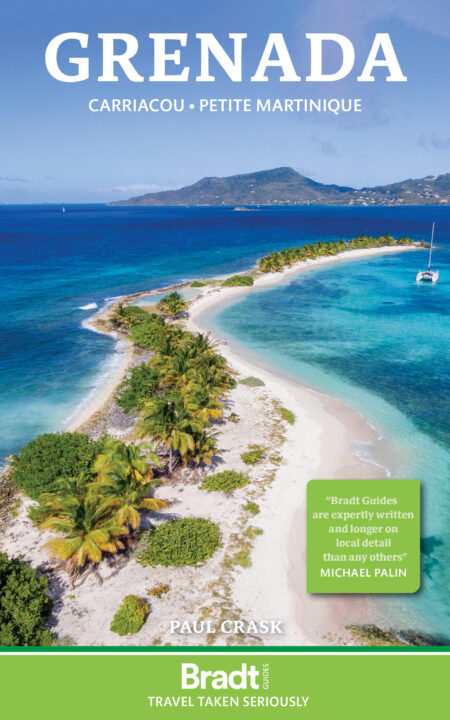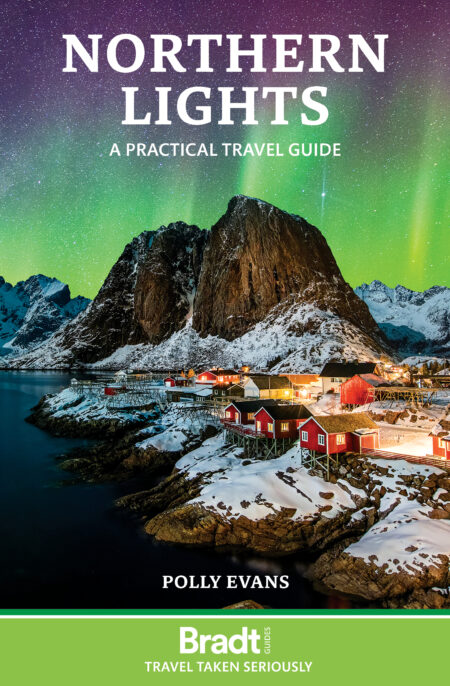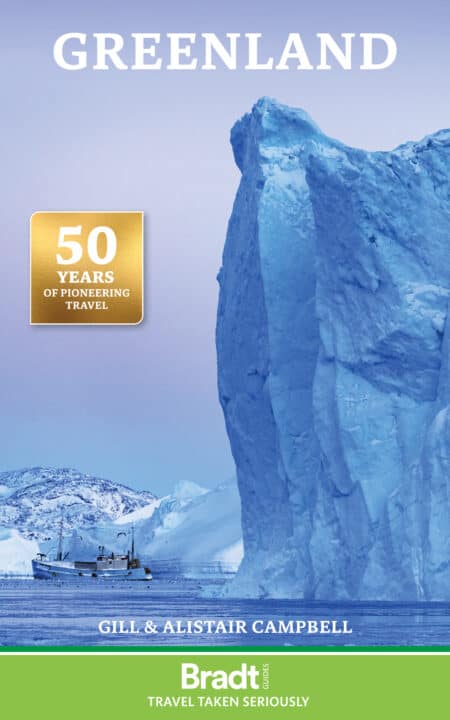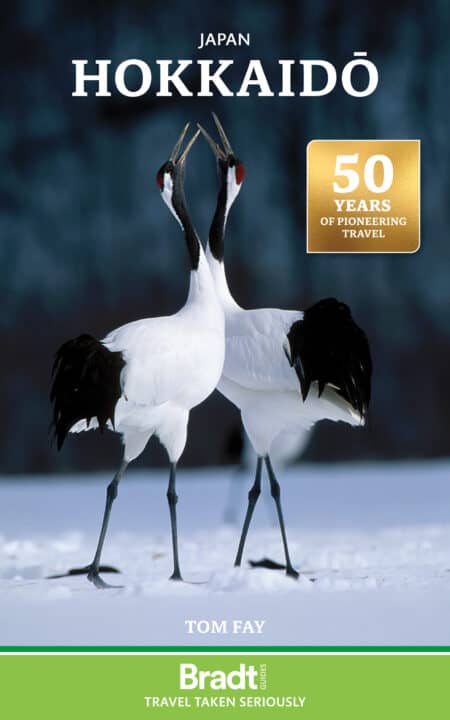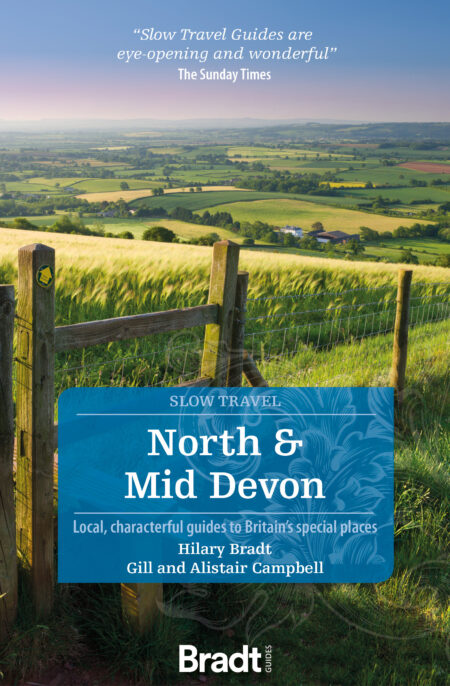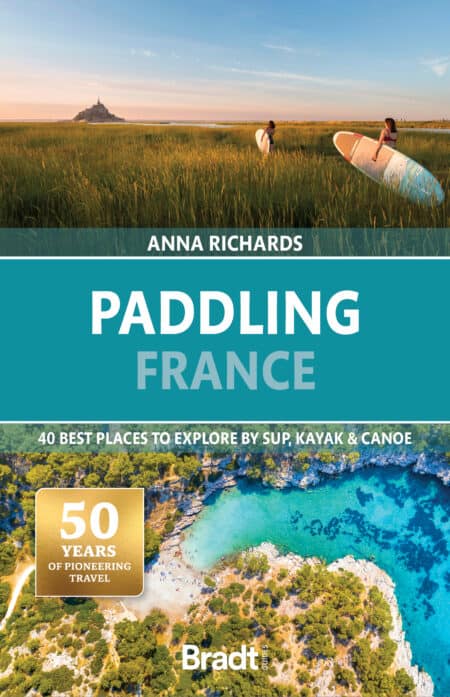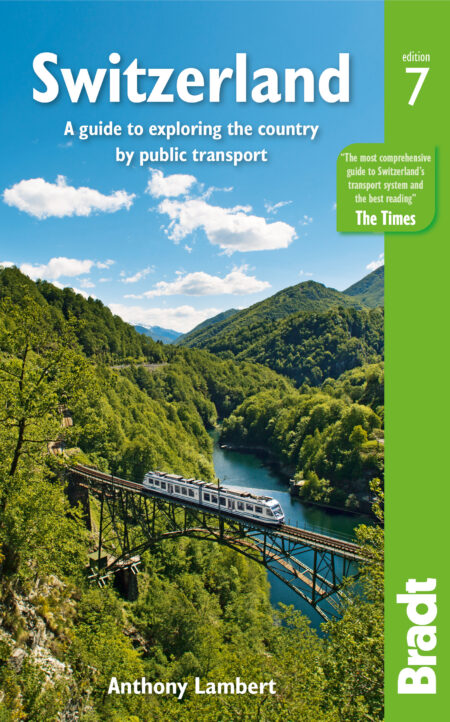From snowy Switzerland to the plains of East Africa, the list of the best places to travel in 2024 is here.
Our pick of the best places to travel in 2024
It’s that time of year again, when we at Bradt put our heads together to select our top destinations for the year ahead.
It’s a much-anticipated list that requires a lot of thought, research, and above all travel, but we think we’ve succeeded in compiling a compelling and diverse selection of the best places to travel in 2024.
Take a look and see whether you agree…
And while you’re here, did you know that Bradt Guides is celebrating 50 years of independent travel publishing? Find information about anniversary events and other offerings here.
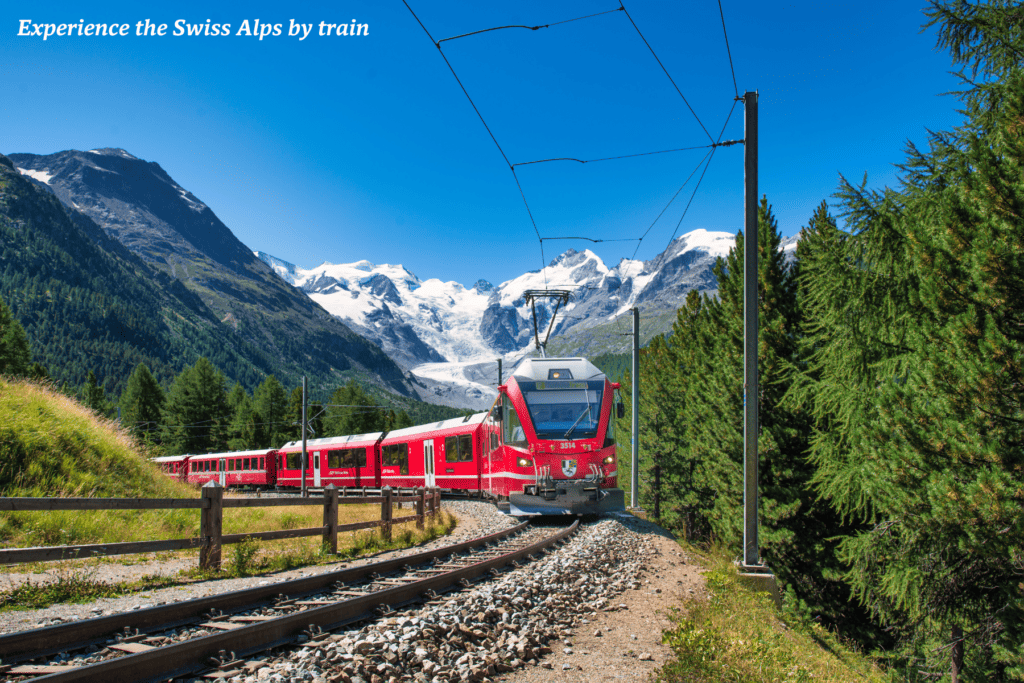
Switzerland
As we all know, the desire and need for sustainable travel is growing. When it comes to thinking about travelling differently in 2024, it’s time to celebrate the idea of the great train journey.
And there’s no better place to take the train than in Switzerland. Services are clean, comfortable and reliable and you can take it to the next level with Switzerland’s Grand Train Tour.
Switzerland’s Grand Train Tour weaves together the country’s premium panoramic lines into a spectacular round trip, covering 1,280km across 8 sections.
You pass through the charming city of Lucerne, the thunder of the Rhine Falls, the iconic peaks of the Matterhorn, and the heights of the Jungfraujoch at the Top of Europe.
All in luxurious trains with windows that stretch to the roof for better viewing.
In the summer, you can pack swimwear and jump into the lakes. In the winter, you can make the most of all those ski runs. And all year round, you can lace up your boots and hit the hiking trails.
In a final burst of sustainable goodness, the trains also connect beautifully to the boat, tram and cable car systems. So, you can add dreamy voyages across Lake Lucerne and Lake Geneva into your itinerary, stop for fondue and still make it to the station in time for your next connection.
How to do it
Travel to Switzerland by train or air from the UK and join at any part of the route. Popular airports include Geneva and Zurich.
The Grand Train Tour is available all year round, so you can choose the best season for you: snowy fields or sun-speckled lakes. You can customise the duration of the trip and the exact route you take, going as fast as you can or slowing down to make the most of your time in the cities.
You can also invest in a luggage service that will transport your suitcases from hotel to hotel, leaving you free to walk, swim, ski or yodel hands-free.
Switzerland Travel Centre’s Grand Train Tour includes all the panoramic trains of Switzerland in one trip. Travellers will visit the most popular holiday resorts and experience all four regions of the country. Tours can also be combined with mountain excursions.
You can read more in Anthony Lambert’s guide to Switzerland.


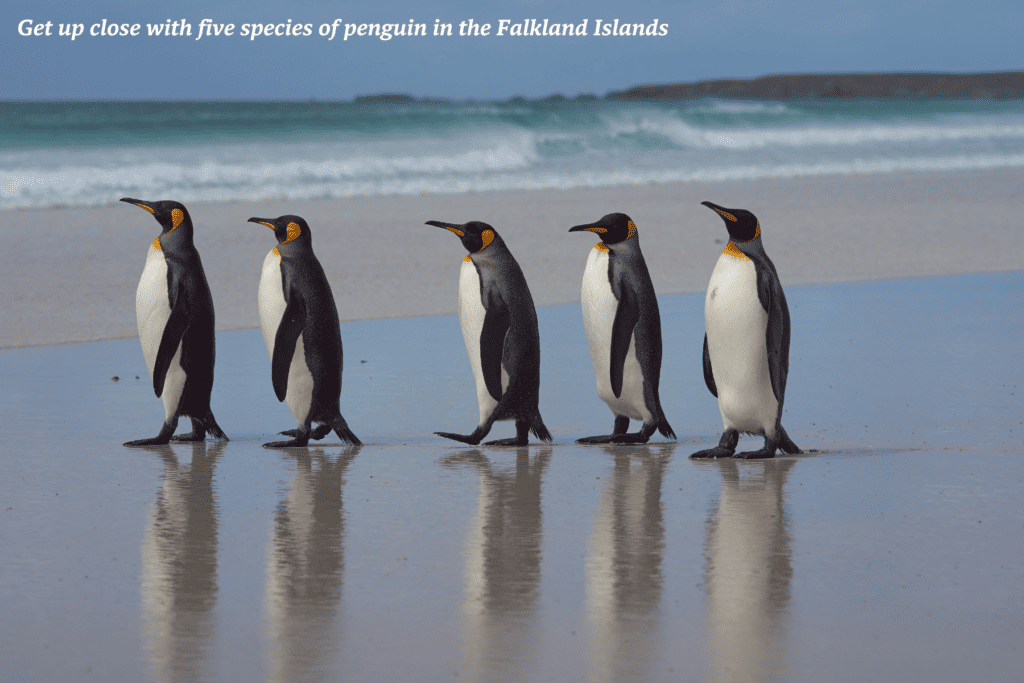
The Falkland Islands
Consisting of more than 700 islands in the South Atlantic, the Falkland Islands give you the chance to pause, take a breath and really connect with nature in a remote environment.
The main draw here is the wildlife and you can expect to see the black-browed albatross, five species of penguin, elephant seals and southern sea lions, to name but a few.
As the population of the islands has always been small, the wildlife here is incredibly tame; it’s not uncommon for a penguin to nibble your bootlace if you sit still for long enough.
The landscape, too, can stir the soul and it’s a great spot for photographers, bird lovers and anyone looking for a sense of scale with an approach of peace and patience.
There’s no understating the importance of preparation when it comes to planning a trip to the Falklands, though, particularly in regard to the changing weather conditions.
While the UK might experience ‘four seasons in one day’, the Falkland Islands are often treated to four seasons within the space of a single hour.
Pack mixed layers, both wind and waterproof, a good pair of sturdy walking boots and a sense of adventure, and you’ll be in for the trip of a lifetime.
How to do it
Travelling from the UK to these remote islands often involves flights from London Heathrow or Gatwick to Mount Pleasant Airport, the main gateway. The journey spans approximately 18 hours, with a layover in South America. A typical visit ranges from 7 to 14 days.
The best time to explore the Falkland Islands is during their summer months, from October to March. You’ll find mild temperatures, averaging around 10°C to 15°C, ideal for outdoor activities and wildlife encounters. The summer months also coincide with the breeding seasons of various species, including penguins and seals, offering unparalleled opportunities for observation.
Falkland Islands Holidays run wildlife and wilderness tours to the Falkland Islands. Their Falklands Flavour itinerary includes 7 nights in a cosy lodge, with full-board and bed and breakfast options.
You can read more in William Wagstaff’s guide to the Falkland Islands.
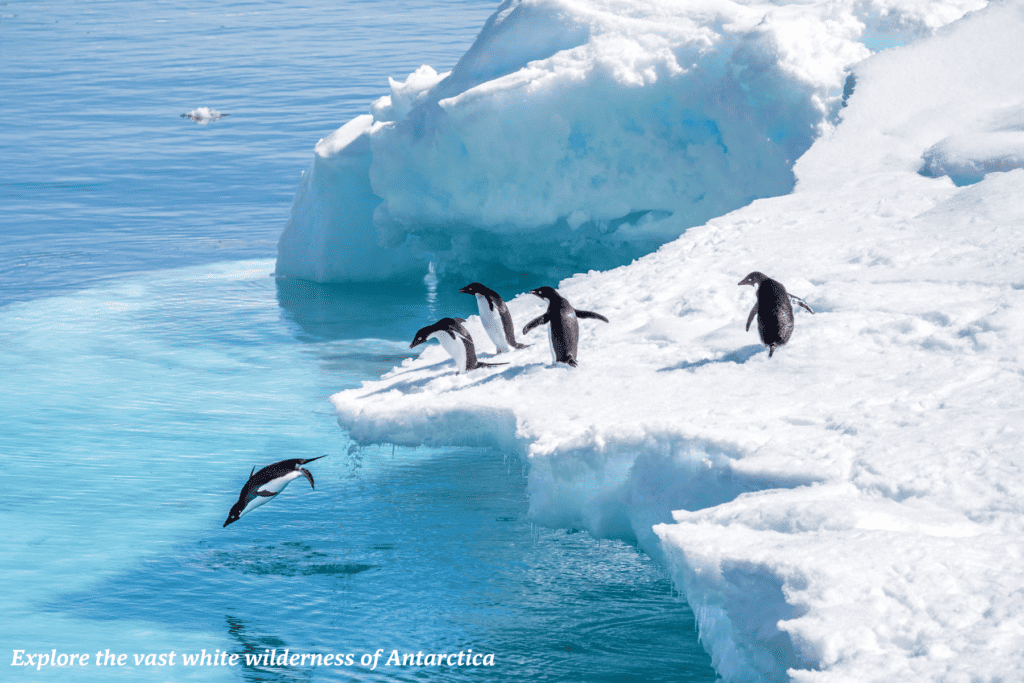
Antarctica
Adventurous travellers should have Antarctica at the top of their 2024 bucket list. The untouched beauty of the southernmost continent is enough to make even the most jaded sit up and pay attention.
Ever since Roald Amundsen beat the fateful Scott expedition in 1911, stories of Antarctica have captured the imaginations of explorers across the world.
Of course, it’s easier today than it was 100 years ago.
Now, you can travel in comfort with educated professors and expert guides on mighty vessels, learning as you go.
Reaching Antarctica typically involves departing from Ushuaia, Argentina aboard ice-strengthened expedition cruises that journey through the Drake Passage to reach the promised land.
Once there, one of the highlights of a trip to Antarctica is the chance to soar above the icy landscapes on a heli-flight excursion, taking in an unforgettable aerial perspective.
Beyond this, you’ll navigate through a myriad of ice sculptures on a Zodiac cruise, marvel at inquisitive penguins, and keep a watchful eye for humpback whales breaching the water. You’ll also visit historical huts and research sites as you set foot ashore on the seventh continent.
How to do it
The best time to visit Antarctica is between November and March. This period offers relatively milder temperatures, ranging from -6°C to 5°C, allowing for safer navigation through ice-filled waters and enhanced wildlife sightings. November witnesses penguin courtship displays, as they steal pebbles to build their nests, while December and January are a great time for penguin chicks. Late February and March are excellent for whale sightings and sunsets.
Pack thermal layers and accessories like gloves, hats, and scarves. Check with your expedition as to whether you need to provide boots and insulated jackets, as some provide these themselves. And remember sunscreen, as even in the Antarctic, the sun’s reflection off the snow can cause sunburn.
Wildfoot Travel runs unforgettable trips to Antarctica. A popular example is the Antarctic Explorer tour, which includes 11 nights on state-of-the-art vessel, the Ultramarine, all meals, 5-star accommodations, 2-3 excursions per day, and expert guides.
You can read more in Tony Soper’s guide to Antarctica.
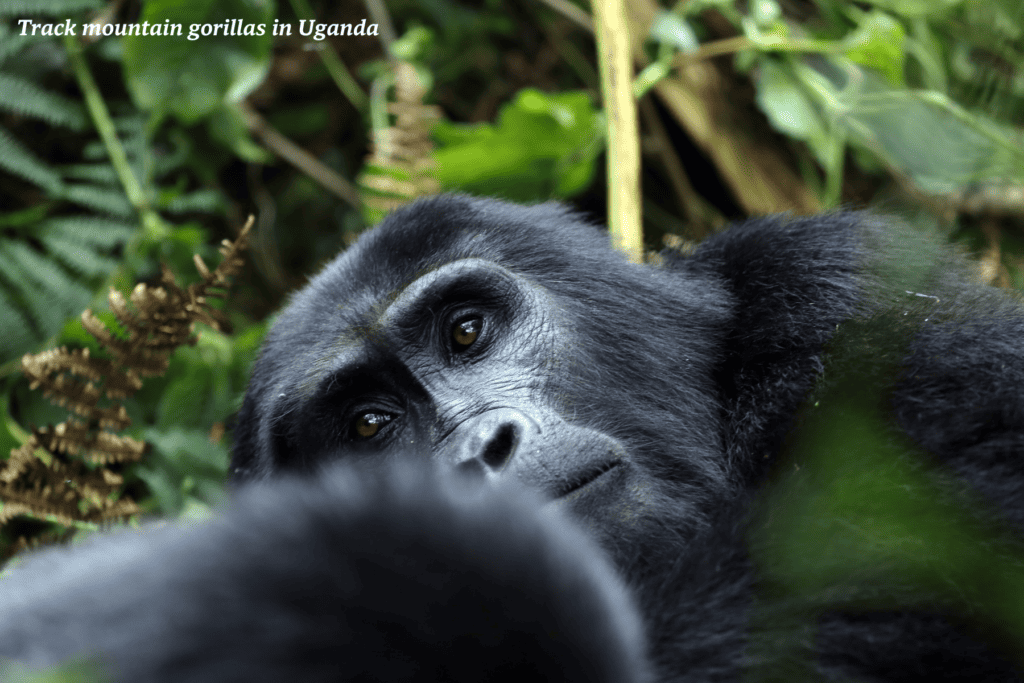
Uganda
In 2024, Uganda is poised to host the third South Summit, designed to boost South-South cooperation in the areas of trade, investment, sustainable development and climate change. The nation is gearing up with state-of-the-art conference facilities and the emergence of new 4-star and above hotels in Kampala and its surroundings. This burgeoning infrastructure promises a new blend of luxury and convenience for business and leisure travellers alike.
But there are more reasons to visit, of course.
Explore Bwindi Impenetrable National Park, home to endangered mountain gorillas, offering a rare chance for intimate encounters.
Marvel at the Murchison Falls, where the Nile River squeezes through a narrow gorge, creating a surging cascade, and discover the Rwenzori Mountains’ snow-capped peaks, ideal for trekking adventures.
In Queen Elizabeth National Park, go on safari to see lions, elephants, and even unique tree-climbing lions in Ishasha. There’s a reason why Uganda made the cut in our top ten African safari list last year, after all.
And never forget the people. From the busy markets of Kampala to the rich traditions of local tribes, it’s time that more people added Uganda to their list of the best places to travel in 2024.
How to do it
Travelling from the UK to Uganda typically involves flights from major airports like London Heathrow or Gatwick to Entebbe International Airport. The flight duration varies but averages around 8 to 10 hours, often with layovers in Europe or the Middle East.
The best time to visit Uganda is during its dry seasons: from December to February and June to September. These periods offer ideal conditions for wildlife viewing and gorilla trekking while minimising rainfall and muddy trails.
Pack essentials like lightweight, breathable clothing for the tropical climate, including long sleeves for evenings and mosquito repellent. Comfortable hiking shoes are crucial for gorilla trekking, alongside a daypack, sunscreen, and a hat.
Manya Africa Tours offers trips to Uganda. A popular example is their 12-day Pearls of Uganda Tour, which includes 1 chimp and 1 gorilla permit, plus 11 nights in mid-range or luxury accommodation.
You can read more in Philip Briggs’s guide to Uganda.
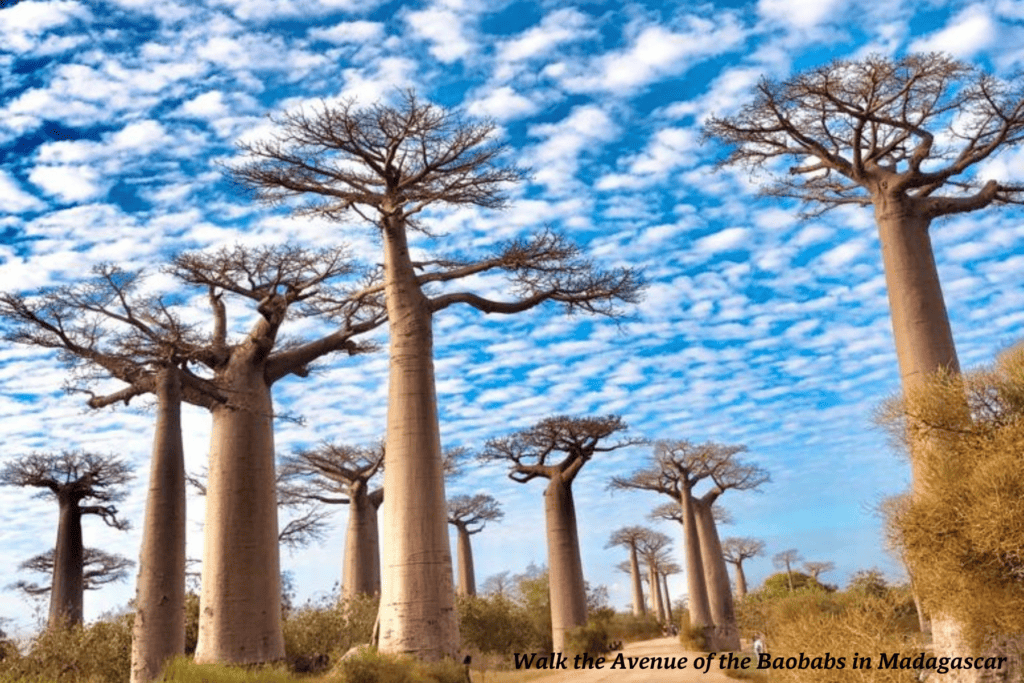
Madagascar
Renowned for its unparalleled biodiversity, endemic flora and fauna, and pristine beaches, Madagascar stands as the world’s fourth-largest island, with three UNESCO World Heritage Sites and a 4,800km coastline with the third-largest reef globally.
And a great place for you to visit in 2024.
From the dense rainforests of the Masoala Peninsula to the surreal limestone formations of the Tsingy de Bemaraha National Park, the island’s contrasting ecosystems and scenery are like nowhere else on earth.
It’s the only place on the planet where you can see lemurs, seven species of Baobab trees and a vast array of colour-changing chameleons.
Indeed, an estimated 70% of the 250,000 species found on the island exist nowhere else on the globe. Those species include around 8,000 species of flowering plants, including over 1,000 native orchids, and around 250 breeding species of birds, of which 130 are endemic.
The Malagasy people have some of the most diverse traditions, too. A mixture of African, Arab and Indonesian influences evolved into 18 different ethnic groups, each with their own cultures and customs.
In the words of Sir David Attenborough, “Madagascar is a curious wonderland. It’s an unrepeatable experiment, a set of animals and plants evolving in isolation for over 60 million years. We’re still trying to unravel its mysteries.”
Plan a visit in 2024 and experience the mystery yourself.
How to do it
From Europe and the rest of the world numerous air carriers offer services to Madagascar. You have the option of arriving at Ivato International Airport in Antananarivo or Nosy Be in the north.
Travelling from the UK to Madagascar typically involves flights from London Heathrow or Gatwick and connecting through Europe, Kenya, Ethiopia or the Middle East.
Once in Madagascar, you can use domestic flights for long distances or choose buses and shuttles to explore different regions.
Madagascar is a year-round destination but the best time to visit is during the dry season, from April to November, which offers pleasant temperatures and minimal rainfall. However, specific regions have different optimal times due to varying climates across the island.
Remote River Expeditions – Madagascar offers custom tours throughout the year. Their ‘Island of Contrasts‘ itinerary highlights the contrasts between the western dry forest and the eastern rainforest. Tours range from 5 to 21 days, with options for all-inclusive and half-board stays. Multi-lingual naturalist guides are included as part of the package. For more options see Remote River Expeditions – Madagascar.
You can find out more in Daniel Austin’s and Hilary Bradt’s guide to Madagascar.
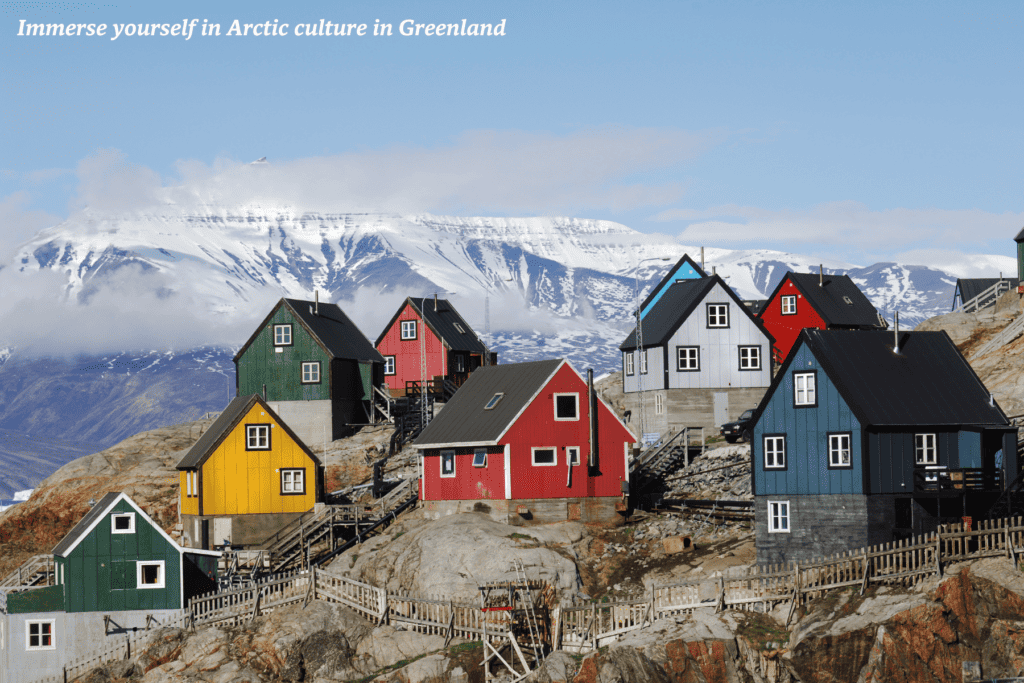
Greenland
In 2024, Greenland will emerge as a leading Arctic destination, inviting adventurers and cultural enthusiasts alike to explore this little-visited country.
With upcoming expansions in flight routes from Europe and North America, accessibility to Greenland is set to soar. The new direct link to Nuuk opens up a gateway to diverse experiences, from luxurious glamping to exhilarating hikes.
But why you should you go?
You’ll have the opportunity to embark on traditional dog sledding, explore pristine ice landscapes, delve into Inuit culture, and witness majestic whales up close.
If you’re lucky, you’ll also get to see the Northern Lights. The heart of Greenland beats within the warm embrace of local stories and traditions, bringing a human touch to the striking landscapes.
Aligned with a commitment to sustainable travel, Visit Greenland introduced a new Pledge Towards Better Tourism in 2023 that honours Sassuma Arnaa, the Mother of the Sea.
This pledge prioritises land and cultural preservation, adapting with the seasons, and uplifting communities. It’s a promise for better tourism on Greenland’s terms, emphasising collaboration and a shared vision.
As far as we can tell, there’s never been a better time to visit.
How to do it
Greenland has two distinctly different seasons – a white wonderland with its winter coat from January to April, filled with northern lights, dog sledding and ski-touring opportunities, and a sunnier season from June to September, when milder weather allows hiking, kayaking and glamping under the midnight sun. As the days reach October, some places experience their first days of polar darkness for the season.
Packing for Greenland demands preparation for variable weather. Essential items include warm, waterproof clothing, sturdy hiking boots, thermal layers, a good quality insulated jacket, gloves, a hat, and sunglasses. Additionally, due to the extended daylight hours in the summer, eye masks can aid in sleeping.
For travellers planning outdoor adventures, gear such as hiking poles, a durable backpack, and a camera for capturing the stunning landscapes are recommended.
Travel to Greenland and witness glaciers, Arctic wildlife, and the full force of nature from the midnight sun to northern lights. Check Visit Greenland’s travel guides for practical tips and insights.
You can find out more in Gill and Alistair Campbell’s upcoming guide to Greenland.
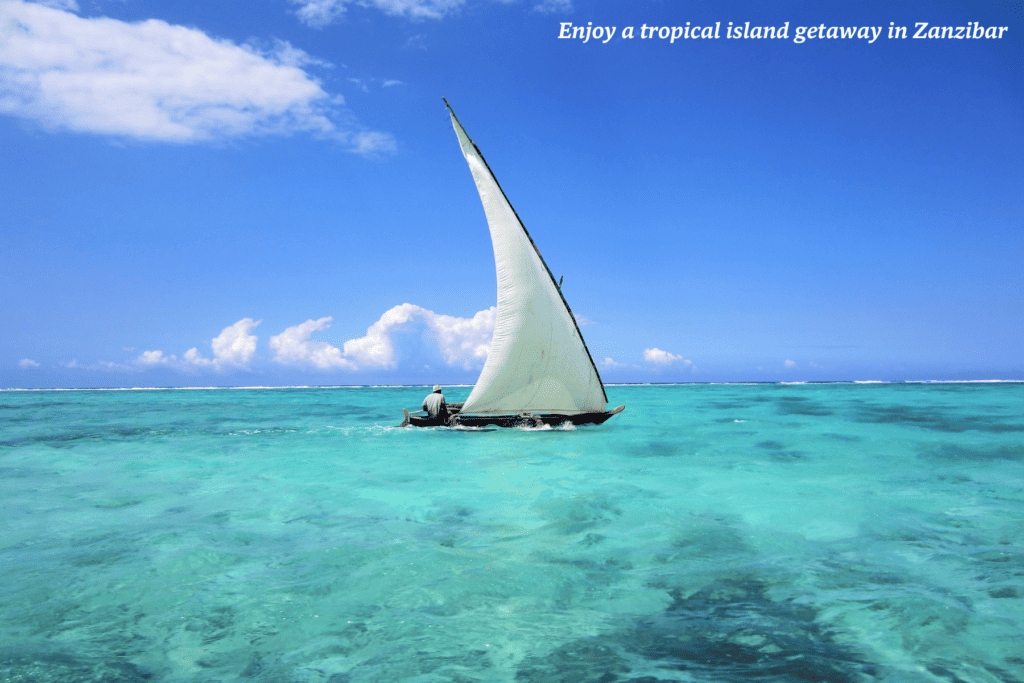
Zanzibar
The Zanzibar archipelago off Africa’s east coast is already ranked as one of our best destinations for winter sun in 2024.
With its enticing mix of powdery white beaches, marine adventures, wildlife, and culture, it has also earned a place on this list of the best destinations to visit in 2024.
On the palm-lined coast, colourful kite surfers weave between billowing white sails of passing dhows. If you snorkel or scuba dive, you can easily spot pods of dolphins, tropical fish and coral reefs in the clear waters of the Indian Ocean.
Under the green canopy of the island’s interior, Zanzibar’s only national park, Jozani Forest, is where red Colobus monkeys, the shy tree hyrax, chameleons, and butterflies small and large are found. Spice farms teach which plants locals use as medicine and which spices provide authentic flavours for traditional Swahili cooking.
Each February, the capital Stone Town hosts Sauti za Busara, one of the largest music festivals in East Africa. Found at the Old Fort, it showcases all styles of African music, from Tanzanian pop and hip-hop to traditional Taarab.
For a beach to bush experience, Zanzibar is the gateway to the mainland of Tanzania. A visit here pairs well with a trip to the safari parks of the Serengeti and Ngorongoro, and the chance to climb the iconic Mount Kilimanjaro.
How to do it
The best time to visit Zanzibar is during the dry seasons, from June to October and December to March. These months offer warm temperatures, little rainfall, and ideal conditions for enjoying the island’s stunning beaches, water activities, and cultural experiences.
Major airlines fly direct from Europe, the Middle East, and parts of Africa to Zanzibar’s Abeid Amani Karume International airport. You can also fly or take a ferry from Dar es Salaam in mainland Tanzania.
To get around on the ground, use local taxis, hire cars, local dala-dala buses, or hail motorbikes called boda-boda.
For best rates, local know-how, and personalised travel plans, book through Visitzanzibar.org, a not-for-profit hotel association set up to ensure sustainable, eco environmental practices, support of local communities, wildlife conservation, and the natural assets of Zanzibar and Tanzania.
You can find out more in Chris and Susie McIntyre’s guide to Zanzibar.
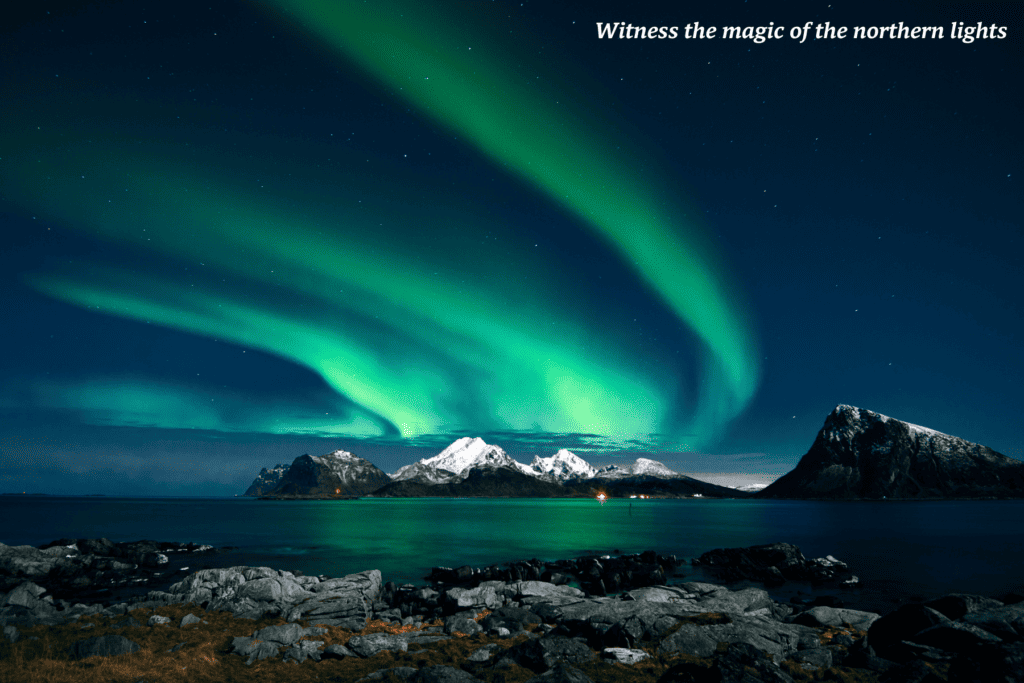
Scandinavia & Iceland
Scandinavia is worth visiting for many reasons but, in 2024, the biggest reason will be the chance to see the Northern Lights.
The Northern Lights are at their most spectacular during what astronomers describe as a ‘solar maximum’, when activity is at its greatest. The latest research suggests that the next maximum in the solar cycle will occur during 2024 and that it will be both stronger and longer lasting than recent such events.
In short? This could be the best chance in more than a decade to see the impressive sky display.
And where can you see the Northern Lights?
Whilst it is always a matter of luck whether the aurora appear or not, you can give yourself the best chance by travelling to Iceland or Scandinavia where light pollution is at a minimum and the night sky is dark, in the company of an expert local guide.
And you can increase your chances still further. For example, Hotel Ranga in Iceland has its own observatory and a Northern Lights alarm that can wake you at night if someone spots the aurora. The Ice Hotel in Sweden includes a photography masterclass with a local expert. And in Tromsø, you can cruise away from the city lights, your eyes turned up towards the stars.
Yet whether or not you see the lights, a short winter break in Scandinavia is a magical experience with pine forests, crisp fresh air and delicious Nordic cuisine.
How to do it
The prime time to witness the Northern Lights in Europe is during the winter months, from late September to early April. Northern regions like Tromsø in Norway, Abisko in Sweden, and Rovaniemi in Finland offer excellent opportunities due to their proximity to the Arctic Circle and relatively clear skies. However, the exact timing can vary, so checking the aurora forecasts and being flexible with travel plans is advisable.
Pack warm and layered clothing, including thermal base layers, insulated jackets, waterproofs, gloves, hats, and sturdy winter boots. Additionally, bring a good camera with a tripod to capture the stunning displays. Lastly, consider booking accommodation in remote areas away from city lights for optimal viewing conditions.
The aurora borealis are amongst the world’s most spectacular natural phenomena – a spell-binding sight for discerning travellers with a sense of adventure. Kirker offers you a front row seat with tailor-made itineraries to Iceland and Scandinavia, including expert local guides.
You can find out more in Polly Evans’s guide to the Northern Lights and Andrew Evans’s guide to Iceland.
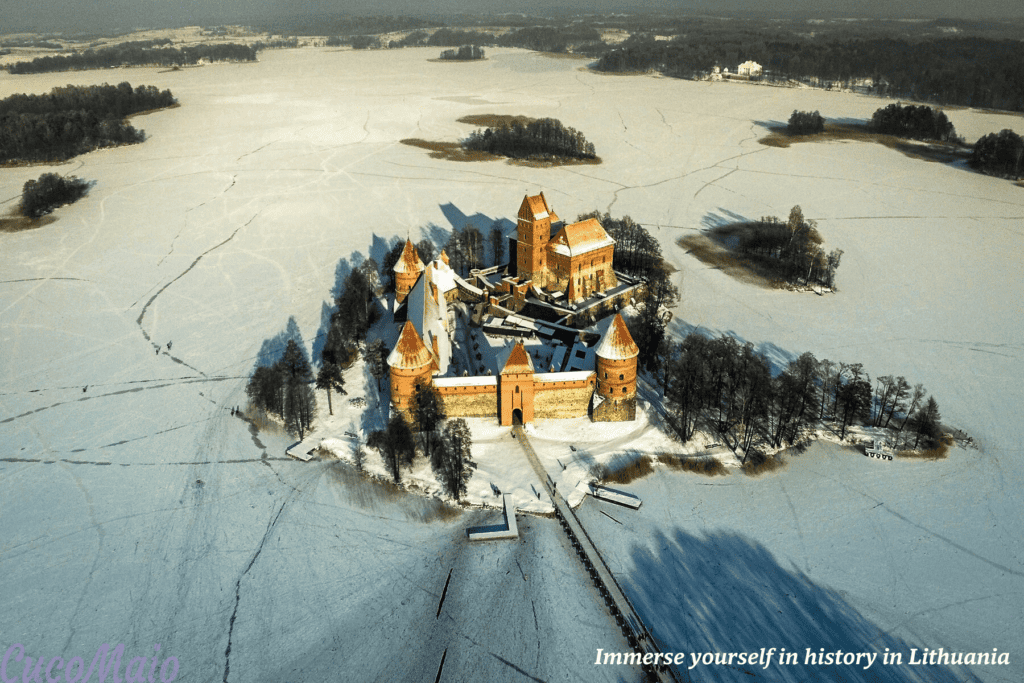
Lithuania
Tucked up in the Baltics, Lithuania, is a small nation with a big character. Vilnius, its capital, is a UNESCO World Heritage Site, its medieval Old Town adorned with Baroque architecture and the iconic Gediminas Tower offering panoramic views.
The Curonian Spit, a UNESCO-listed sand dune peninsula, is renowned for its shifting landscapes and serene beaches. Then there’s Trakai Island Castle, nestled on an island in Lake Galvė, an icon which stands as a symbol of Lithuania’s medieval grandeur.
The country’s history unfolds in sites like the Hill of Crosses, a testament to faith and resilience. Kaunas, Lithuania’s second-largest city, impresses with its interwar architecture and the poignant Ninth Fort which serves as a memorial for tragic historical events.
But for many, it’s the nature that they remember. Lithuania’s national parks, like Aukštaitija National Park with its tranquil lakes and dense forests, offer hiking, canoeing, and glimpses into traditional village life.
Lithuania’s culinary scene mixes innovative restaurants with comfort food developed through the ages. Look out for Cepelinai (potato dumplings) and smoked fish from the coast.
Finally, don’t miss the Day of Dew, a countrywide festival to honour St John’s Day.
Residents stay awake until sunrise, while bonfires blaze, herbs are harvested, and dew is collected for its mystical properties.
Amidst lively feasts and carefree dancing, without shoes, you will realise what makes Lithuania special. Lithuania is an experience to share and a story to tell. No matter if it’s rest or adventure you’re looking for, you’ll come back home recharged and inspired.
How to do it
Travel from the UK to Lithuania typically involves daily direct flights from London airports (London City, Stansted or Luton) to Vilnius and Kaunas Airports. The flight duration averages around 2.5 to 3 hours.
Pack versatile clothing suitable for varied weather, including comfortable walking shoes for exploring historic sites.
Spring, which runs from May to June, and early autumn, which runs from September to October, offer pleasant weather for sightseeing without the summer crowds.
Consider bringing an adapter for European plugs, as well as a basic understanding of local currency (Euros) for convenience.
Lithuania offers a myriad of experiences in one easy-to-traverse country. From city streets to dinner plates, it’s easy to dive into the country’s multi-layered cultural heritage. And as pristine nature is always just steps away, meditative escapes to age-old woods and sandy dunes can be included in every itinerary. Find out more at Lithuania Travel.
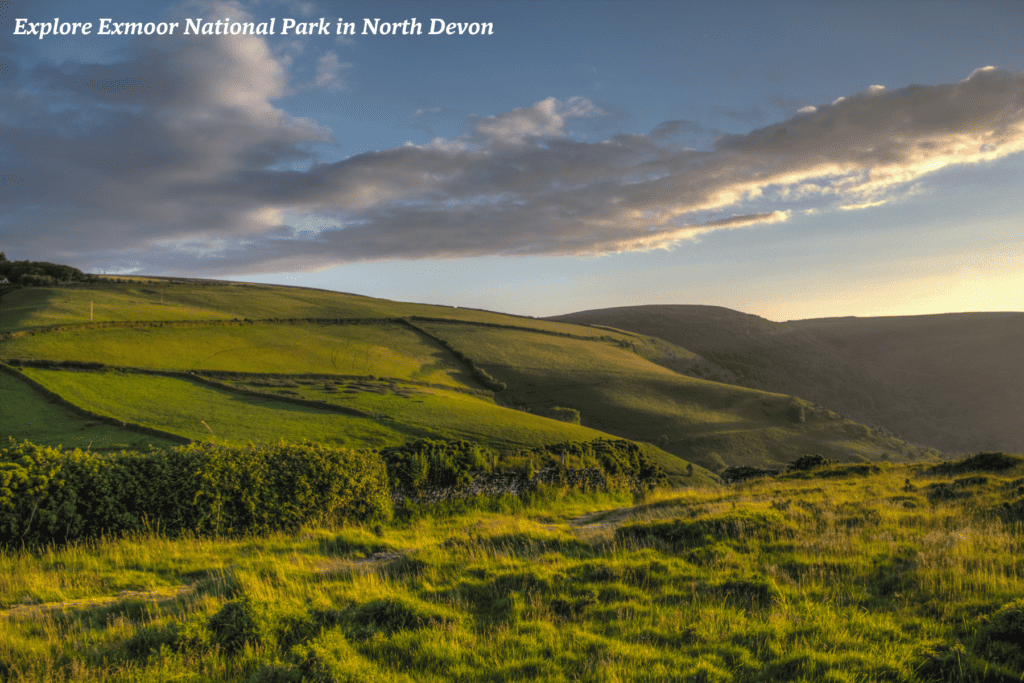
Devon
Devon has long been a favourite spot for a UK short break, but – with the opening of a new resort that offers not only heaps to do but standout sustainable credentials – there’s even more reason to visit in 2024.
This is a corner of the country just made for exploring slowly. There are chocolate-box villages and proper old pubs, the coastline is perfect for crabbing or fossil-hunting, and Exmoor National Park has views to rival any hiking territory in the world.
And it goes without saying that the cream teas are to die for! (Just remember Devon’s scone-spreading etiquette: cream first and jam second. You’re not in Cornwall now…)
There’s oodles more to do in the surrounding area, from visiting a working honey farm to riding the waves in the UK’s first surf reserve, but you can also choose between 40 activities at the Mole Resort itself. And because the resort has received the internationally recognised Green Key accreditation for its many sustainable initiatives – among them the planning and construction of the country’s only energy-positive lodge accommodation – you’ll be doing your bit for the planet too.
How to do it
Your base lies just outside the village of Chittlehamholt, 12 miles south-east of Barnstaple. Tiverton Parkway Railway station (two hours from London Paddington) is a 45-minute drive away; a transfer with South Molton Taxi Service (tel: 01769 573636) costs around £50. Chittlehamholt has a couple of good pubs, while the closest town – with supermarkets and other facilities – is South Molton.
The Mole Resort has 58 well-equipped lodges set in 125 acres. Among the facilities are swimming pools, a formal restaurant and a more relaxed bistro, and organised activities include everything from archery to den-building (making it great for families, couples and solo travellers alike). Dogs are welcome too.
For further info, see www.themoleresort.co.uk. There’s currently a 33% discount offer (for bookings made before the end of January).
For more information, see our Slow Travel guides to North & Mid Devon.
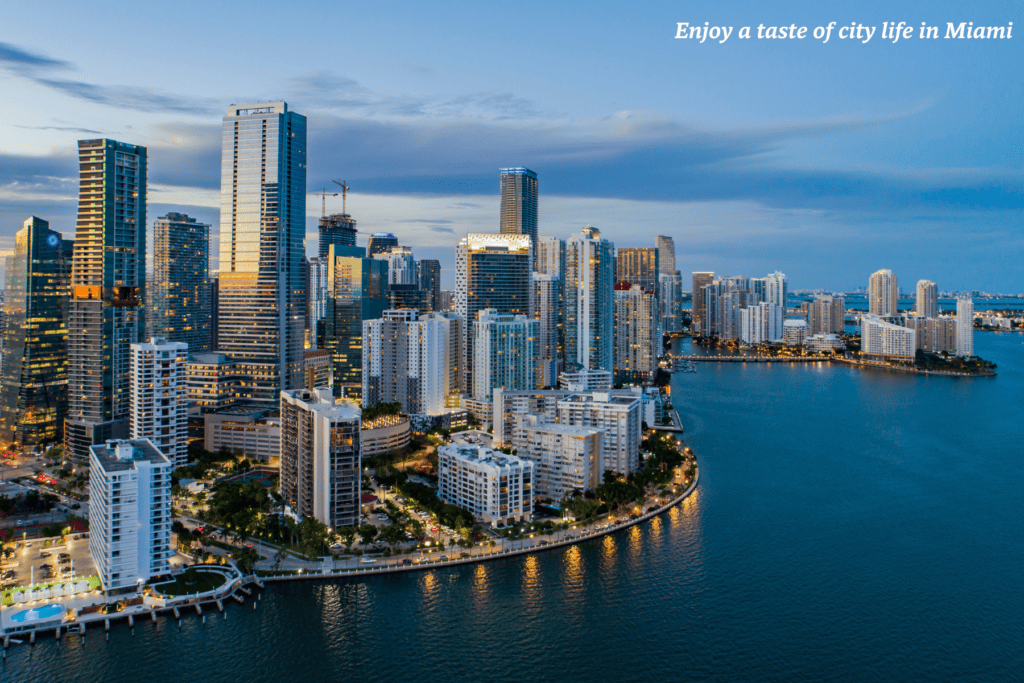
Miami
Miami may only be a mere hundred or so years old but it makes its way onto our list of the best places to travel in 2024 for reasons old and new.
In the city, the old shines through in the form of the world’s largest collection of Art Deco buildings, a world of pastel pretty curving edges among the palm trees and a sense of hedonistic fun. Across the water, Little Havana has captured life in Cuba in the 1950s through murals, stories, cigars and cubanos street food.
But you don’t have to travel far to find places that are much older. The Everglades are the largest sub-tropical wilderness reserve on the north American continent and are still home to members of the Miccosukee tribe.
But these peaceful waters are shrinking, prompting a wave of green initiatives across Miami and Florida as a whole.
Brightline have just launched a sleek train route to connect Orlando and Miami, while The Underline describes a regenerative project to turn abandoned urban space into a community park and arts area.
Visitors can join beach clean-ups, and the former no-go area of Wynwood, is now home to the largest open-air gallery of street art in the world.
In short, there’s a pulse of change in the city right now and there’s never been a better time to visit.
How to do it
Several airlines offer direct flights to Miami International Airport (MIA) from London, with average flight times ranging from 9 to 11 hours. Optimal times to visit Miami are during the winter months (December to April) when the weather is pleasantly warm, escaping the intense summer heat and hurricane season.
Pack light clothing suitable for warm weather, including swimwear,
sunscreen, and sunglasses. Don’t forget comfortable walking shoes for exploring the city and perhaps some dressier attire for nights out. A universal adapter and a good camera are also essential.
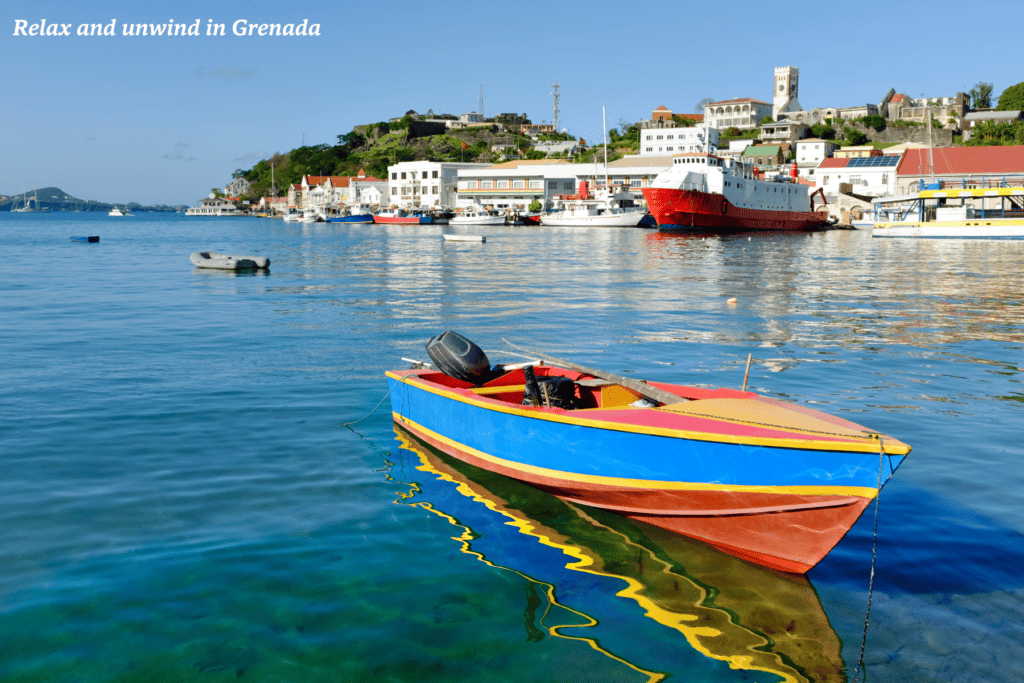
Grenada
Grenada celebrates 50 years of independence in 2024, offering a compelling reason to visit this Caribbean island and join in the fun.
Join colourful parades, lively street parties, and traditional music performances, with the energetic rhythms of Soca and calypso. Explore historic landmarks like Fort George and the Belmont Estate, or hike through the Grand Etang National Park.
There’s nothing quite like the Carriacou Parang Festival, which mixes classic Christmas carols with a unique twist of witty storytelling through song. Central to this celebration is a spirited competition where parang bands from different Carriacou villages vie for honours and recognition. The bands begin with the ‘test piece,’ and then transition into the lively ‘Melee’ parang segment. Here, they elevate the tempo, narrating the year’s most noteworthy social events in a comical and engaging manner.
Known as the “Spice Isle,” Grenadian cuisine is a fusion of African, Caribbean, and European influences. Look out for dishes like oil down (a hearty one-pot meal), callaloo soup, and fresh seafood seasoned with the island’s famous spices, including nutmeg, cloves, and cinnamon.
And chocolate. Each year, the Grenada Chocolate Fest celebrates with cocoa field trips, masterclasses and even chocolate yoga meditation.
Finally, of course, you can unwind and soak up the sun, take a hike around the island, or dive into clear waters for snorkelling and diving.
How to do it
Travelling from the UK to Grenada in the Caribbean involves flights from major airports like London Heathrow (LHR) or Manchester Airport (MAN) to Maurice Bishop International Airport (GND) in Grenada. Direct flights aren’t always available, and layovers in hubs like Barbados or Antigua can extend the travel time to approximately 12-14 hours.
The best time to visit Grenada is during the dry season, which runs from January to May, offering sunny skies and lower humidity. The peak tourist season aligns with this period, but it’s also when the island celebrates festivals like the Grenada Sailing Festival and Carnival.
Pack light, breathable clothing suitable for tropical weather—swimwear, beach attire, sunscreen, and hats for sun protection. Comfortable walking shoes are essential. Insect repellent can be handy.
For more information, see Paul Crask’s guide to Grenada.
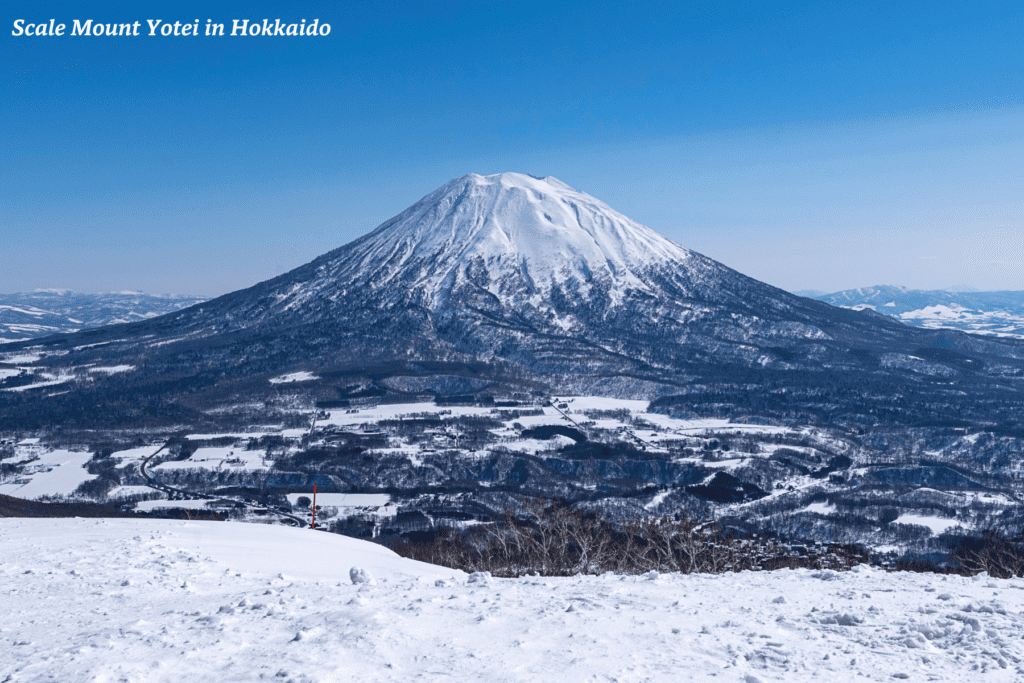
Hokkaido
Japan’s northernmost and second largest island feels a world away from the people-packed concrete and neon metropolises of mainland Japan. Caked in snow for a good third of the year and home to just 5% of the country’s population, Hokkaido is the place to get away from it all whatever the season.
And in 2024, there is plenty new to discover.
Greet the formation of Japan’s newest national park of Hidaka-Sanmyaku-Erimo and hike the newly established long-distance hiking trail in eastern Hokkaido.
In the winter, you can make the most of Asia’s best powder snow with skiing or snowboarding at the world-class resorts of Niseko and Furano. Or you can take a ride on an icebreaker across the frozen Sea of Okhotsk, which buffets Hokkaido’s northeastern shores.
In the summer, head to Akan-Mashu National Park for steaming volcanoes to climb, rejuvenating hot springs to wallow in, plus some of Japan’s most beautiful lakes.
In central Hokkaido is Daisetsuzan, a scenic and sprawling upland region of peaks and alpine meadows, perfect for trekking and camping expeditions.
In the lowlands, you can find colourful flower fields and sample regional specialities such as Yubari cantaloupe melons and the distinctive lavender ice-cream.
It’s a place that lets you slow down and breathe.
How to do it
Travelling from the UK to Hokkaido typically involves flights from major airports like London Heathrow (LHR) or Manchester Airport (MAN) to New Chitose Airport (CTS) in Sapporo, Hokkaido. Direct flights might not be widely available, leading to layovers in Tokyo or other Japanese cities, extending the travel time to approximately 15-17 hours.
The best time to visit Hokkaido is during its winter season, from December to February, especially for snow sports enthusiasts. Alternatively, the summer months, from June to August, offer pleasant weather for exploring nature, attending festivals, and enjoying outdoor activities.
Don’t forget an adapter for Japanese outlets, a camera for capturing scenic views, and perhaps a translation app or phrasebook to navigate the language barrier.
For more information, see Tom Fay’s upcoming guide to Hokkaido.
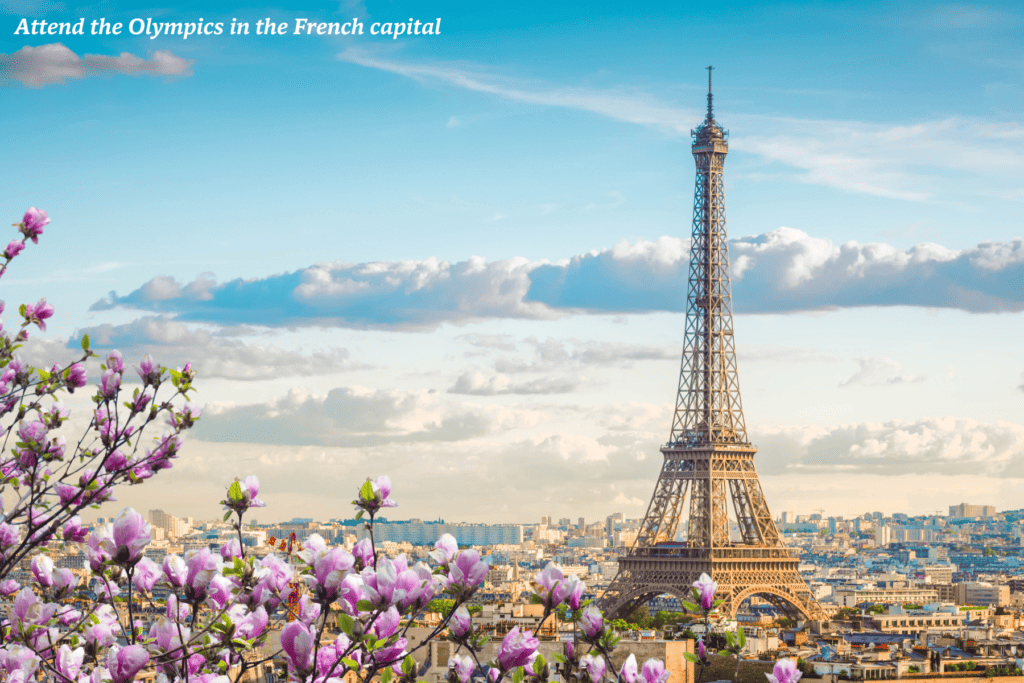
France
Who can mention travel in 2024 without mentioning France?
The new year sees the Summer Olympics and Paralympics scheduled for Paris, promising an electrifying atmosphere and display of world-class athleticism against iconic backdrops.
From July 26 to August 11, the city will buzz with sporting excellence, with events scattered across renowned landmarks like the Eiffel Tower, Champs-Élysées, and the Seine riverbanks.
Moreover, 2024 marks the 80th anniversary of the D-Day landings, a pivotal moment in history. Normandy will host commemorations to honour the bravery of those who fought during World War II.
Visitors can witness poignant ceremonies at significant sites like Omaha Beach, the American Cemetery at Colleville-sur-Mer, and the Juno Beach Centre, providing a profound and respectful homage to history.
Aside from these momentous events, there is always something to see and do in France. The country’s cultural heritage is showcased in its gastronomy, art, and architecture, with many regions a household name.
The verdant vineyards of Bordeaux, the sun-kissed French Riviera, the timeless beauty of Provence, and the vineyards of Champagne are just the start. Escape the crowds by paddleboard, retrace the poppy fields of World War One or cycle through the pink city of Toulouse en route to the medieval town of Carcassonne.
France has as many reasons to visit it as it does different types of cheese.
How to do it
You will find a wide range of transport options between the UK and France. The Eurostar train service connects London (from St Pancras International) to Paris (arriving at Gare du Nord) in around 2 hours and 15 minutes.
Ferry crossings from ports like Dover to Calais or Dunkirk also provide picturesque and convenient links between the two countries, taking approximately 90 minutes to 2 hours.
Flights from London Heathrow (LHR), London Gatwick (LGW), or Manchester Airport (MAN) to various French destinations like Paris (Charles de Gaulle Airport – CDG or Orly Airport – ORY), Nice (Nice Côte d’Azur Airport – NCE), or Lyon (Lyon–Saint-Exupéry Airport – LYS) are available, with flight durations varying between 1-2 hours.
France has something for each season. Spring (April to June) and autumn (September to November) offer mild weather, perfect for city exploration and sightseeing. Summer (June to August) attracts tourists with warm temperatures suitable for beach outings and outdoor adventures, while winter (December to February) caters to ski enthusiasts in the French Alps.
For more information, see our guides to Dordogne & Lot, The Vendée, Camping Road Trips France & Germany, World War I Battlefields and our upcoming guides to Paddling France and D-Day Landings.
Disclosure: some of the destinations described have links with our partners. However, we only ever recommend places and experiences that we would happily visit and take part in ourselves.
More information
For more on where to travel in 2024, see our selection of great value, in-depth guides:
